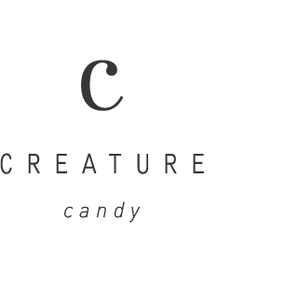By Steph Dolben
Merodon equestris - Greater bulb fly.
The sun made a brief appearance yesterday and so did the bees.
I spent a few minutes watching them buzz about happily on the scabious when I spotted what I thought was a red-tailed bumblebee…..but something wasn’t quite right.
This imposter was in fact, Merodon equestris – a Greater Bulb Fly, a species of hoverfly which mimics bumblebees. Just as bees do the adult flies feed on nectar and pollen.
Mimicry in nature has always fascinated me. In this case, the harmless hoverfly has evolved to imitate a more dangerous species of insect as a defence mechanism against predators.
After all, you’re less likely to get eaten if you look like a bad ass stinging bee.
This type of mimicry is known as Batesian mimicry, after it was discovered in the 19th century by English naturalist Henry Walter Bates. Batesian mimicry has been observed in a range of insects, as well as plants, fish, reptiles and even birds. For example…
The cinereous mourner, a plain grey coloured tropical bird found in the Peruvian Amazon, has evolved a clever anti-predator strategy to help keep nestlings safe from hungry snakes and monkeys. Their chicks have bright orange feathers tipped with white barbs, resembling poisonous hairy caterpillars.
Nature is flippin’ amazing! Have you ever seen a mimic?
My favourite charity:
I volunteer at Wirral Animal Sanctuary who rescue, rehabilitate and release sick and injured wildlife [as well as some domestic animals], particularly hedgehogs.
Why is it my favourite?
They specialise in the rescue and rehabilitation of hedgehogs, one of my favourite animals. The team at the centre work incredibly hard and are so dedicated and passionate about the welfare of the animals in their care. It’s a great team to work with.
Shop Our Bee Products:














